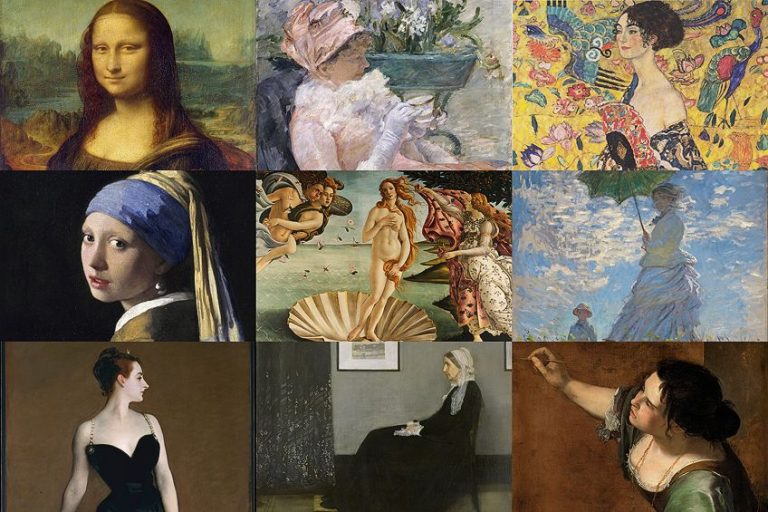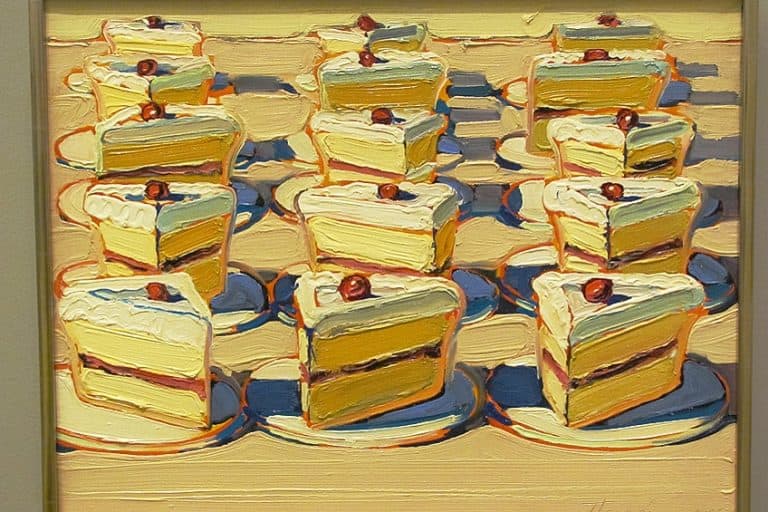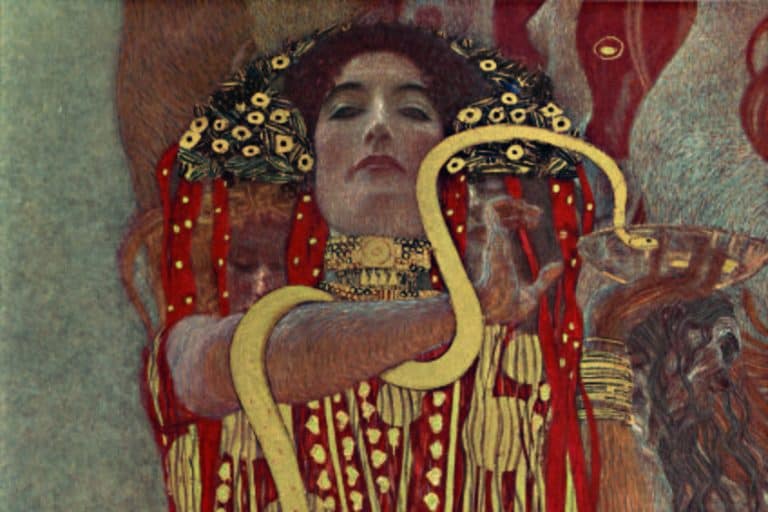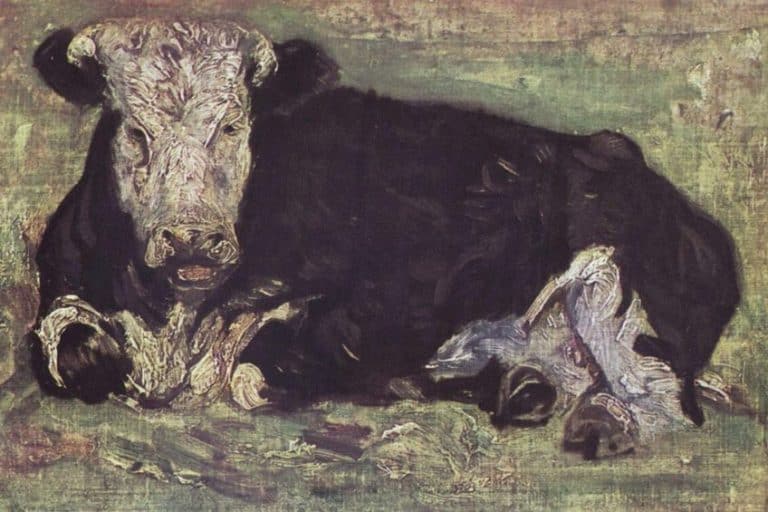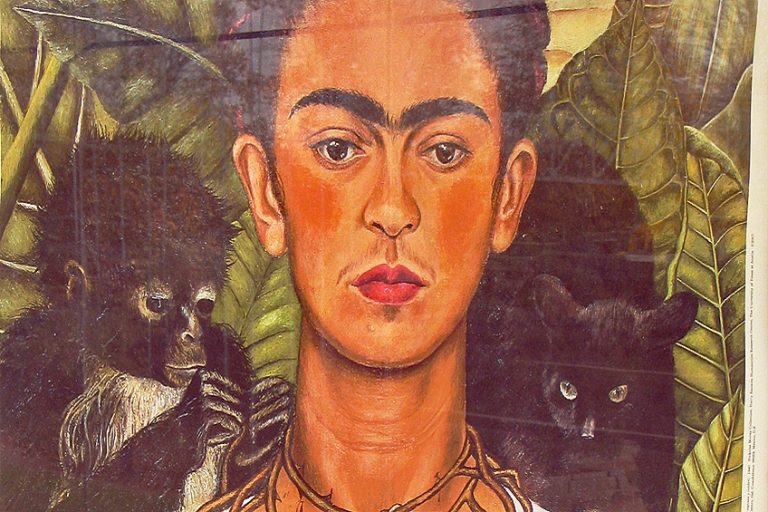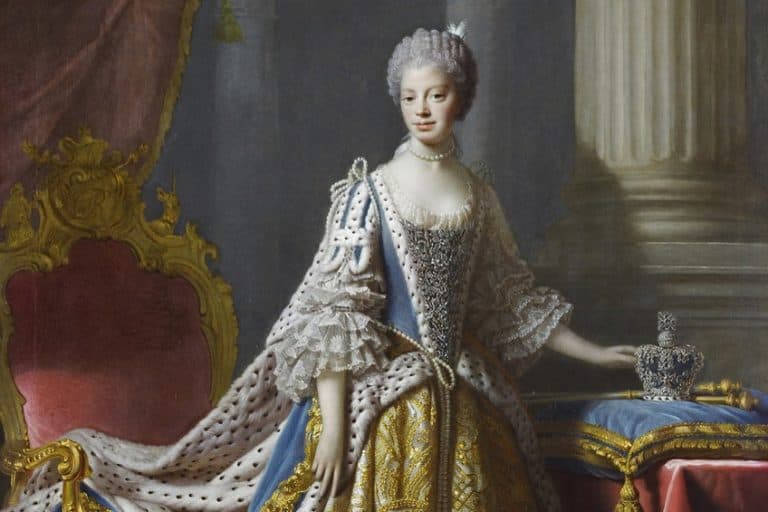“The Cyclops” by Odilon Redon – A Study in Symbolism
The Cyclops by Odilon Redon is a captivating piece that delves into the realms of symbolism and imagination. Created between 1898 and 1914, during Redon’s period of exploring fantastical and dreamlike subjects, this artwork exemplifies his mastery in merging the real with the surreal. Redon’s use of vibrant colors, intricate details, and symbolic elements creates a mysterious and otherworldly atmosphere, inviting viewers to delve deeper into the narrative behind the Cyclops, a figure steeped in myth and mystery. Through this painting, Redon not only showcases his technical prowess but also invites contemplation on themes of the unknown, introspection, and the human psyche.
Table of Contents
Key Takeaways
- The Cyclops blends mythology and symbolism by Odilon Redon.
- The painting reinterprets Polyphemus, highlighting tenderness over monstrosity.
- Redon’s work exemplifies the Symbolist movement and its focus on the subconscious.
Historical Context
| Artist | Odilon Redon (1840 – 1916) |
| Date Created | Between 1898 and 1914 |
| Medium | Oil on cardboard on panel |
| Genre | Symbolism |
| Period/Movement | Symbolism |
| Dimensions (cm) | 51 x 64 |
| Series/Versions | None |
| Where Is It Housed? | Kröller-Müller Museum, Otterlo, Netherlands |
| What It Is Worth | Estimated at $10-15 million (value based on recent market trends) |
Odilon Redon’s The Cyclops is a captivating painting that reflects the rich interplay of mythology and symbolism. Created around the turn of the 20th century, this artwork portrays Polyphemus, the one-eyed giant from Greek myths, entranced by the beauty of the nymph Galatea. Redon’s unique approach blends dream-like fantasy with vivid visuals, making The Cyclops a standout piece in his oeuvre. Redon’s work often delved into the realms of dreams and the subconscious, and The Cyclops is no exception.

Set against a backdrop of lush, almost surreal landscapes, the painting showcases Polyphemus as a tender observer, transforming the traditionally monstrous Cyclops into a figure of unexpected gentleness. This blend of menace and curiosity invites viewers to explore the deeper layers of myth and human emotion. The painting not only exemplifies Redon’s skill in using color and form to evoke emotion but also highlights his influential role in the Symbolist movement. His depiction of mythical figures and their intimate moments connects the viewer with the ancient stories while also inviting them to reflect on the power of art to transcend simple narrative and touch the depths of human experience.
Influence of Symbolism
The Symbolist movement, which began in the late 19th century, heavily influenced Redon’s work. Symbolists sought to express emotions, dreams, and ideas through symbolic imagery rather than direct representation. Redon was particularly drawn to the mysterious and fantastical elements of Symbolism. His painting, The Cyclops, showcases this through its depiction of the mythological creature Polyphemus gazing at the nymph Galatea.
This approach reflects Symbolism’s emphasis on the inner world over the external reality.
Redon’s imaginative use of color and form also aligns with Symbolist ideals. He employed a dreamlike quality in his works, blending reality and fantasy seamlessly. This style set him apart from other artists of his time and added depth to his exploration of mythological themes.
Redon’s Exploration of the Human Soul
Redon was fascinated by the human psyche and the mysteries of the inner self. His works often delved into the darker aspects of the soul, revealing his interest in unseen forces and emotions. The Cyclops portrays a complex narrative that goes beyond a simple myth. The solitary Polyphemus reflects loneliness and unrequited love. Through this, Redon touches on universal themes of longing and isolation.
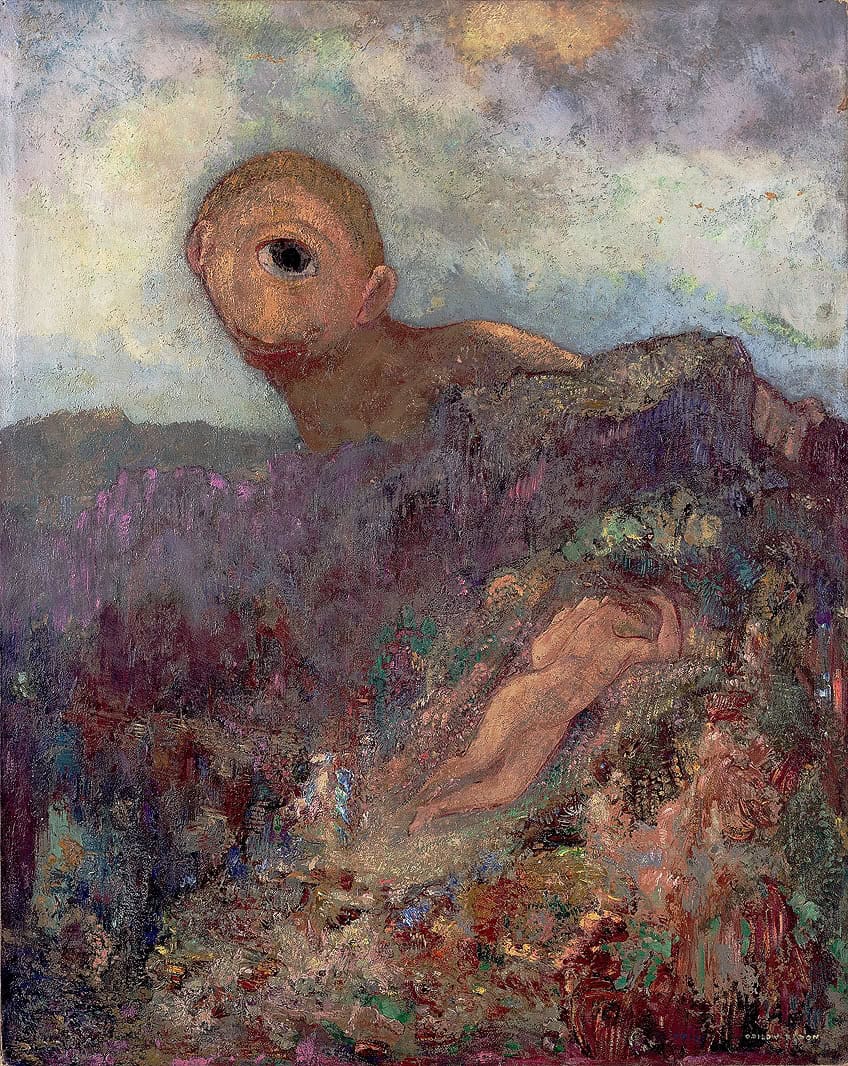
His focus on the human soul was not just about despair. He also explored the beauty and vulnerability of the human condition. Galatea, depicted as peacefully resting, contrasts with the looming presence of the Cyclops, symbolizing innocence and vulnerability in the face of overpowering emotions. Redon’s attention to these emotional contrasts highlights his deep exploration of the human soul, making The Cyclops a piece rich in psychological and emotional depth.
The Myth of Polyphemus and Galatea
The myth of Polyphemus and Galatea comes from Greek mythology, involving the one-eyed giant Polyphemus and the beautiful sea nymph Galatea. It is a story of unrequited love and tragic outcomes.
Origins and Narrative
Polyphemus is a cyclops, a one-eyed giant, known for his brute strength and fierceness. He is the son of the sea god Poseidon and the nymph Thoosa. Galatea is a Nereid, a type of sea nymph, who is known for her beauty and grace. Their myth is rooted in ancient Greek storytelling and has been depicted in various art forms through the ages. Polyphemus falls in love with Galatea. Despite his feelings, his monstrous appearance and rough demeanor frighten her. She loves another, a handsome shepherd named Acis.
In a fit of jealousy, Polyphemus kills Acis by crushing him with a giant rock. This tragic love triangle has been a popular subject in art and literature.
Character Analysis of Polyphemus and Galatea
Polyphemus is often depicted as a fearsome monster with a single eye. He is a complex character, embodying both savagery and vulnerability. Despite his monstrous nature, his love for Galatea reveals a softer, more human side. Galatea stands in contrast to Polyphemus. As a Nereid, she represents beauty, serenity, and the gentleness of the sea. Her love for Acis underscores her compassionate nature and highlights the dramatic tension in the story. The myth of Polyphemus and Galatea contrasts the different worlds they inhabit – the monstrous and the divine – and explores themes of love, jealousy, and revenge.

Analyzing The Cyclops Painting
The Cyclops by Odilon Redon is a symbolic painting that delves into themes of love and mythology. Redon uses unique artistic techniques to create a dream-like quality that captures the viewer’s imagination.
Symbolic Elements and Themes
The painting The Cyclops showcases Polyphemus, a giant from Greek mythology, hidden behind a mountain. The cyclops has an unmistakable, large eye. The eye represents both watchfulness and desire. Polyphemus gazes at the nymph Galatea, who lies naked and relaxed in the landscape, symbolizing unattainable love.
Redon’s choice to depict this story is significant.
The love of Polyphemus for Galatea is marked by longing and unrequited affection. The giant’s vulnerability contrasts with his monstrous form, adding depth to the narrative. Redon’s use of mythological themes weaves together the beauty and tragedy inherent in the story.
Redon’s Artistic Technique
Odilon Redon employs oil on cardboard mounted on panel for The Cyclops. The medium allows for rich textures and vibrant colors. His use of a soft, almost blurred technique brings a dreamy, otherworldly quality to the scene. Redon’s brushwork is delicate and meticulous, creating a sense of movement and fluidity. The cyclops is rendered with a gentle touch despite his imposing size. Redon’s color palette, dominated by soft greens and blues, complements the serene yet haunting mood of the painting. This approach not only emphasizes the fantastical elements but also highlights the emotional depth of his work.
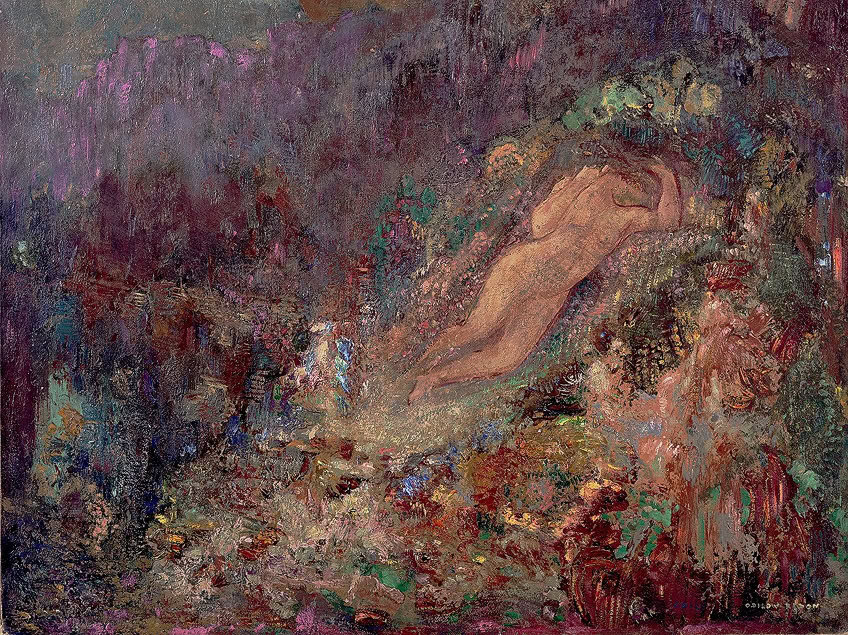
Cultural and Artistic Impact
The Cyclops by Odilon Redon reflects both the mythical power of the Cyclops and the broader Symbolist art movement’s fascination with the subconscious and extraordinary. This painting has left a lasting mark on both popular culture and the legacy of Redon’s work in art history.
The Cyclops in Popular Culture
Polyphemus, the giant Cyclops from mythology, is often depicted as a monster filled with fear and ferocity. Redon’s interpretation of this beast brings a unique tenderness, capturing Polyphemus’s longing gaze toward the sleeping Galatea. This softer portrayal has been influential in altering how Cyclops figures are perceived in modern media.
In Otterlo, the Kröller-Müller Museum houses The Cyclops, drawing visitors intrigued by its unusual depiction of a traditionally fearsome creature.
This painting has inspired numerous reinterpretations in literature, film, and even graphic novels, with artists and authors frequently citing Redon’s work as a creative catalyst. Unlike many other monstrous depictions in art, Redon’s Polyphemus embodies a more complex character, blending vulnerability with the usual terror associated with Cyclops.
Legacy of Redon’s Work
Odilon Redon played a significant role in the Symbolist movement, and The Cyclops is a striking example of his skill in depicting a dream-like world. Redon’s choice to use bold and unusual compositions has influenced subsequent generations of artists. His vision extended beyond traditional symbolic motifs, integrating themes of fear, monsters, and the subconscious.
The Cyclops particularly showcases Redon’s ability to blend realism with fantasy. His work has been discussed in various art history courses and books, emphasizing its innovation and depth. The painting’s placement at the Kröller-Müller Museum in Otterlo further cements its importance in Redon’s oeuvre and continues to attract scholarly and public interest, ensuring that his unique artistic vision endures.
Odilon Redon’s The Cyclops stands as a testament to the artist’s ability to transcend conventional boundaries of artistry. Through this enigmatic and thought-provoking artwork, Redon invites viewers on a journey into the depths of the human imagination and psyche. The symbolic richness, vivid colors, and meticulous details in The Cyclops not only showcase Redon’s technical expertise but also his profound exploration of themes such as the unknown, introspection, and the interplay between reality and fantasy. As a significant piece within Redon’s oeuvre, The Cyclops continues to captivate and intrigue art enthusiasts, offering a timeless window into the artist’s visionary world.
Frequently Asked Questions
What Are the Symbolic Interpretations of The Cyclops by Redon?
The painting depicts Polyphemus, a Cyclops, watching over the naiad Galatea. Polyphemus symbolizes unrequited love, longing, and the monstrous nature of jealousy. Galatea represents beauty and innocence, contrasting with the Cyclops’s threatening presence. The dream-like setting adds layers of fantasy and mystery to the narrative.
How Does The Cyclops Fit Within the Symbolist Movement?
The Cyclops is a prime example of Symbolism. This movement focused on expressing emotions and ideas over realistic depiction. Redon’s use of mythological themes, vibrant colors, and dream-like imagery reflects the Symbolist aim to evoke emotions and inner experiences rather than concrete realities.
What Techniques Did Redon Employ in The Cyclops?
Redon used oil on cardboard, later mounted on panel. This method gave the painting a unique texture. He also applied vivid, contrasting colors to create a striking, otherworldly effect. His subtle brushstrokes and use of light and shadow enhanced the dream-like quality of the piece.
How Has The Cyclops Influenced Modern Art?
The Cyclops has inspired artists interested in blending fantasy with reality. Its Symbolist roots influenced Surrealists and modern artists who explore unconscious thoughts and dreams. The painting’s mysterious and emotional depth encourages viewers to look beyond the surface, a theme that resonates in contemporary art.
Isabella studied at the University of Cape Town in South Africa and graduated with a Bachelor of Arts majoring in English Literature & Language and Psychology. Throughout her undergraduate years, she took Art History as an additional subject and absolutely loved it. Building on from her art history knowledge that began in high school, art has always been a particular area of fascination for her. From learning about artworks previously unknown to her, or sharpening her existing understanding of specific works, the ability to continue learning within this interesting sphere excites her greatly.
Her focal points of interest in art history encompass profiling specific artists and art movements, as it is these areas where she is able to really dig deep into the rich narrative of the art world. Additionally, she particularly enjoys exploring the different artistic styles of the 20th century, as well as the important impact that female artists have had on the development of art history.
Learn more about Isabella Meyer and the Art in Context Team.
Cite this Article
Isabella, Meyer, ““The Cyclops” by Odilon Redon – A Study in Symbolism.” Art in Context. June 10, 2024. URL: https://artincontext.org/the-cyclops-by-odilon-redon/
Meyer, I. (2024, 10 June). “The Cyclops” by Odilon Redon – A Study in Symbolism. Art in Context. https://artincontext.org/the-cyclops-by-odilon-redon/
Meyer, Isabella. ““The Cyclops” by Odilon Redon – A Study in Symbolism.” Art in Context, June 10, 2024. https://artincontext.org/the-cyclops-by-odilon-redon/.




